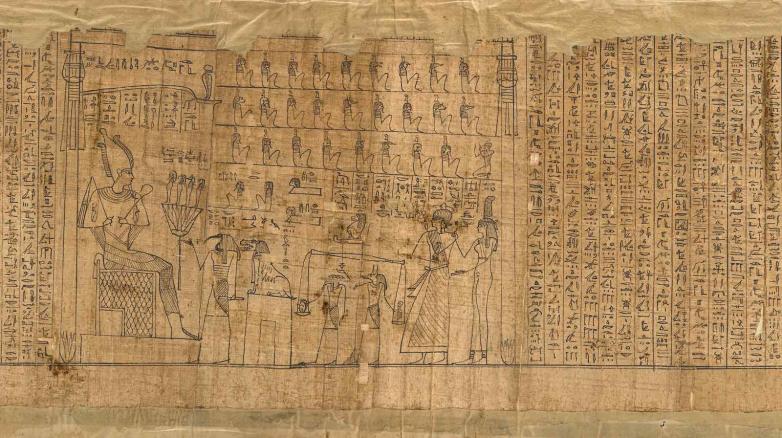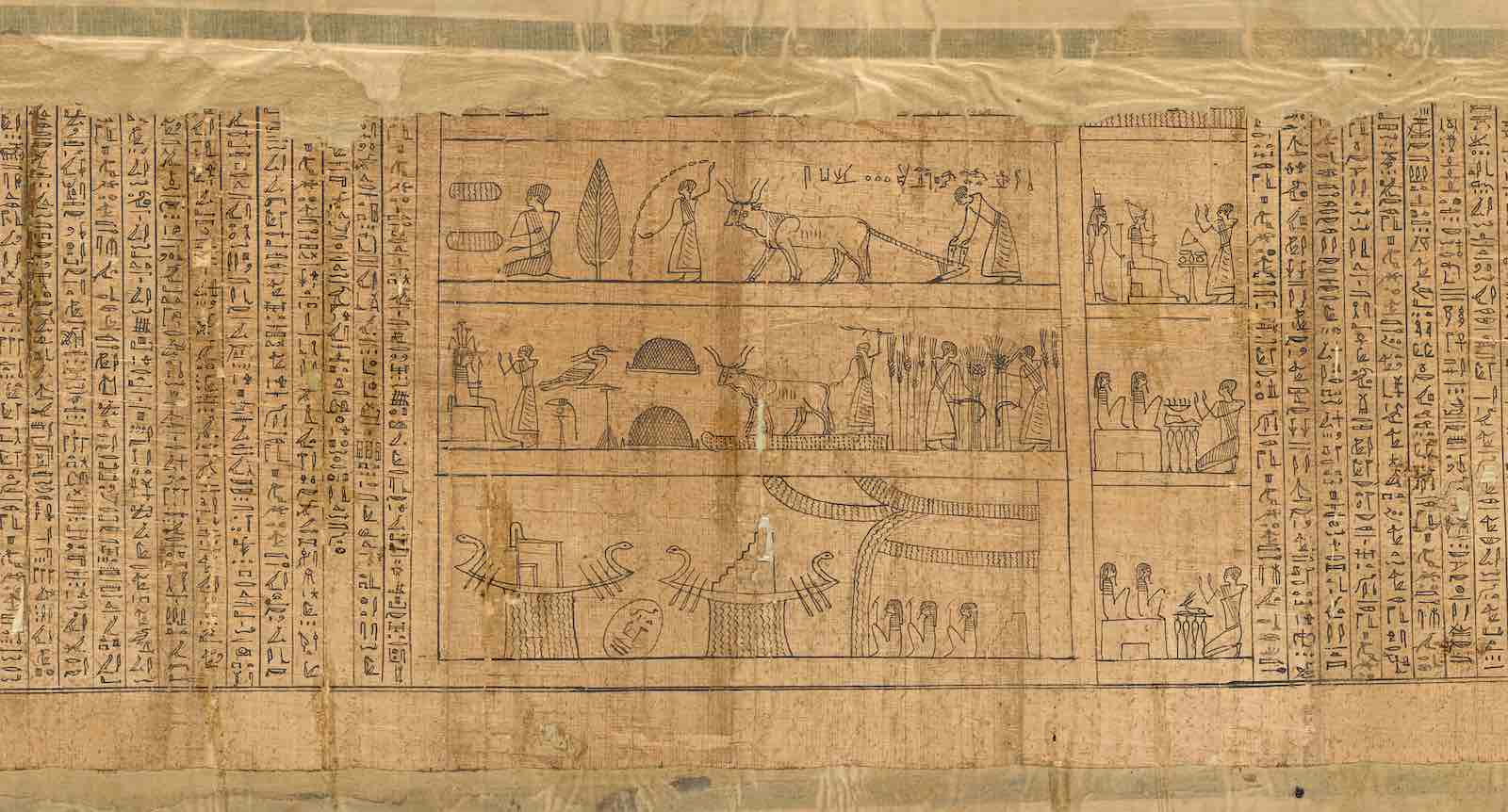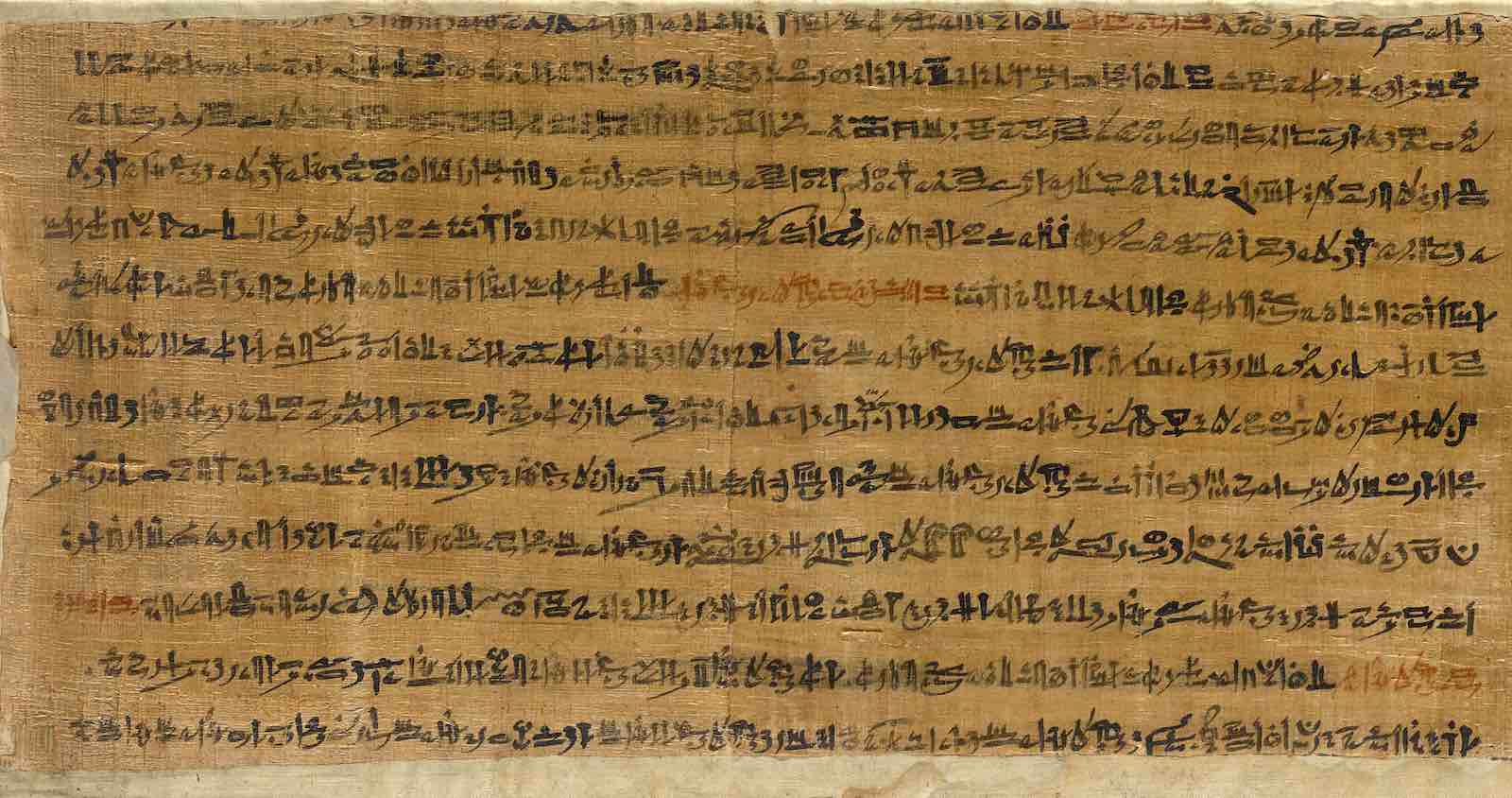Produced from about 1550 BC to 50 BC, the Book of the Dead was not a single, stable composition but an evolving collection of ritual “spells” - recitations and instructions - that were variously selected and combined into individual manuscripts. The nearly 200 surviving spells each address a different concern or anticipated experience. Forming one of history’s most substantial bodies of religious literature, they illuminate how ancient Egyptians understood the cosmos, the world of the gods, and the nature of existence.
“This is an exciting opportunity to bring forth a little-known yet significant part of the Getty collection that has never before been on display, and to showcase the research that has been conducted on these manuscripts over the past few years,” said exhibition curation Sara E. Cole, assistant curator of antiquities at the Getty Villa Museum.
Around 1550 BC, wealthy patrons began commissioning Book of the Dead papyrus scrolls from scribal workshops throughout Egypt. Although deposited in tombs and intimately associated with the deceased, these manuscripts reflected the beliefs and cares of the living and were embedded in active religious practice. This exhibition will highlight four papyri, belonging to women named Webennesre, Ankhesenaset, and Aset, and a man named Pasherashakhet. The papyri span a period from about 1450 BC to about 100 BC.
In later phases of the Book of the Dead (about 400–100 BC), scribes wrote spells on thin linen strips that were then wrapped around mummified bodies as part of the ritual embalming process. Serving as an alternative or a complement to papyrus scrolls, this practice brought the sacred texts in direct contact with the deceased, enveloping and protecting them. Three linen strips also showcased in this exhibition were once part of longer textiles that were applied to the bodies of two men, both named Petosiris.
In addition, an ushabti (funerary figurine) belonging to an official named Neferibresaneith and a fragment of a coffin lid will be on display, illustrating how the ancient Egyptians envisioned the afterlife and the tools they employed in achieving a blessed existence beyond death.
On November 4, Getty will host an afternoon of presentations, The Egyptian Book of the Dead - for the Living, with five experts exploring how the Book of the Dead was used outside of funerary contexts and the many ways in which it was also a book for the living.
The exhibition goes on view at the Getty Villa Museum from November 1 through January 29, 2024.




















